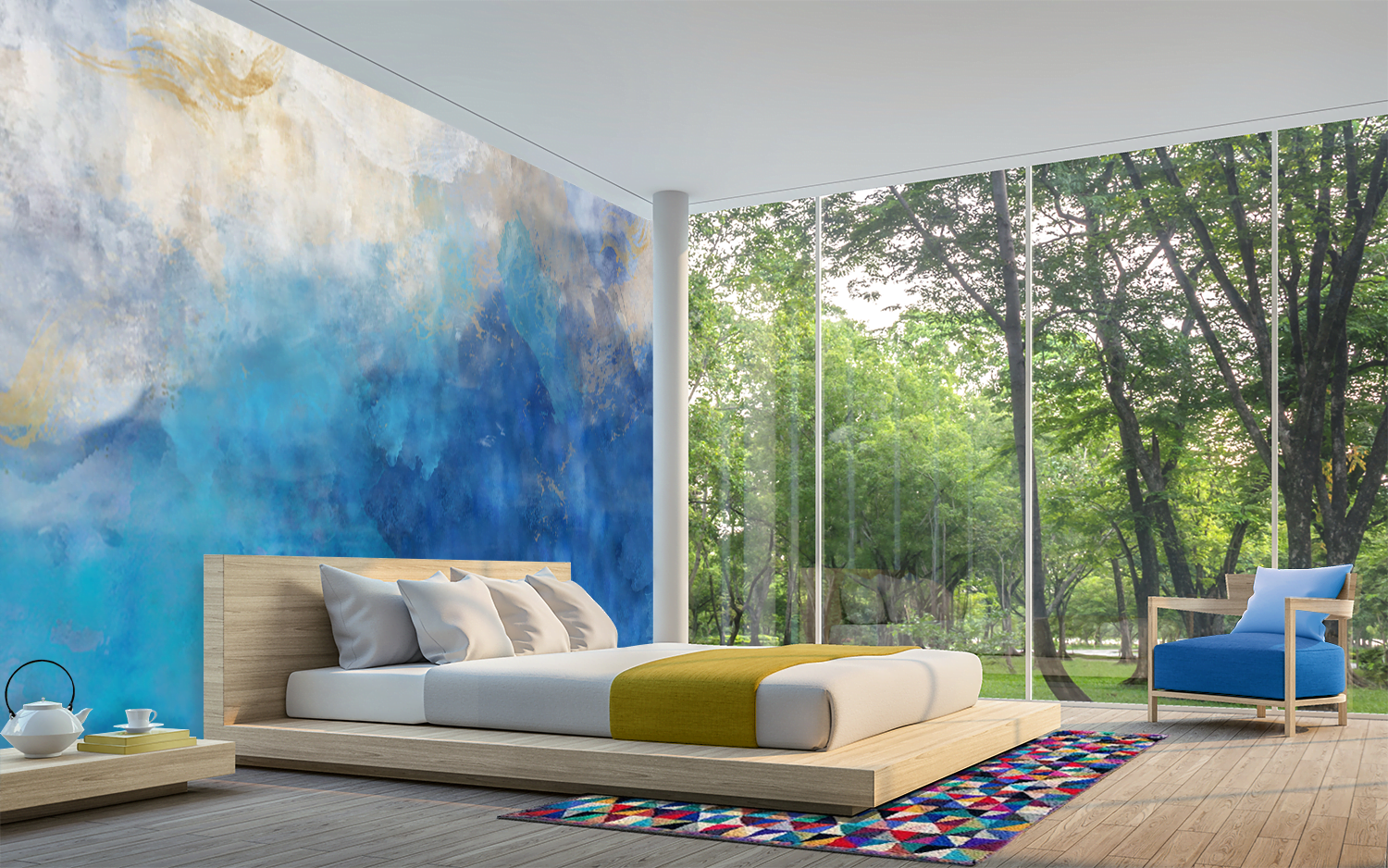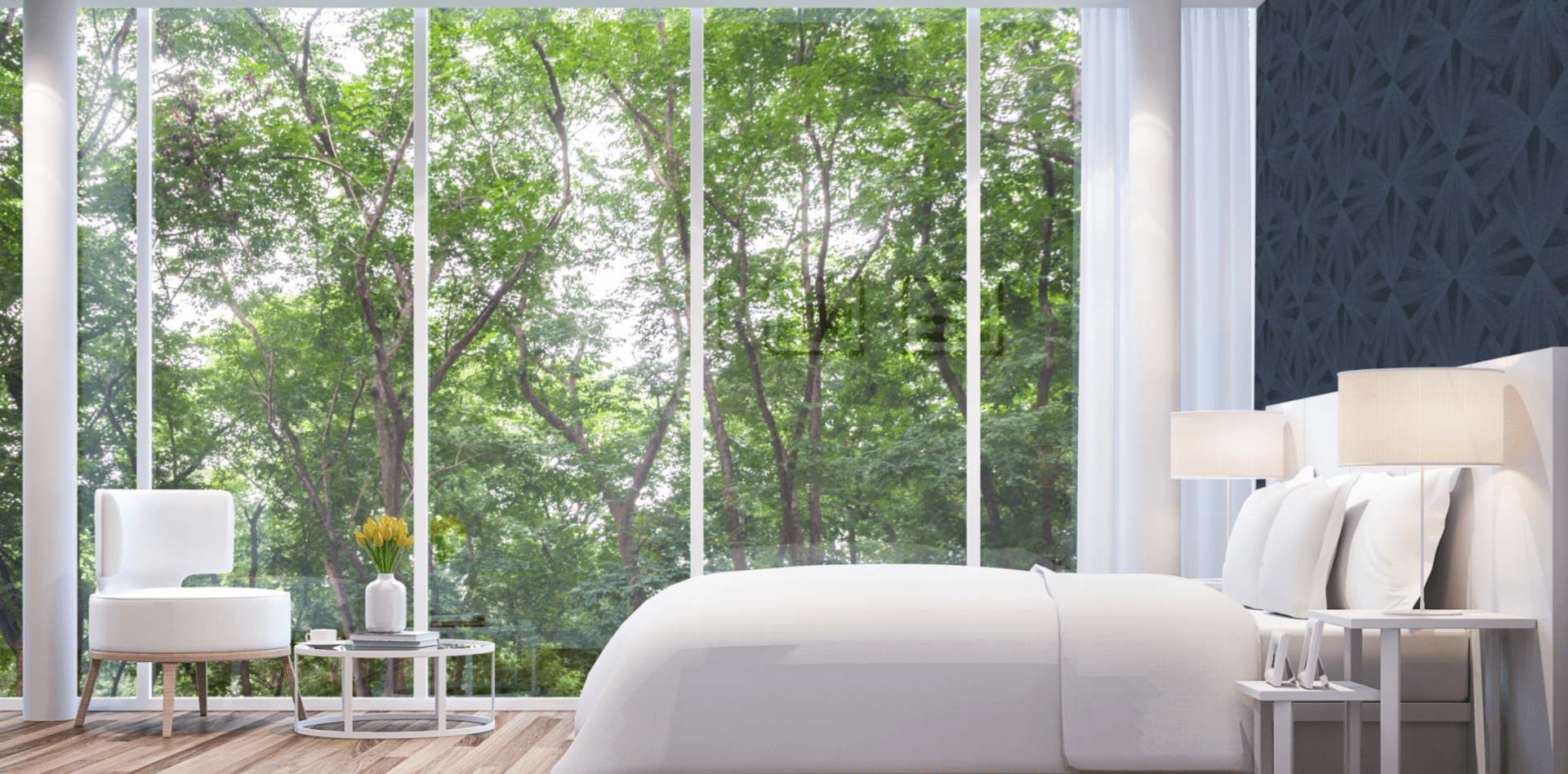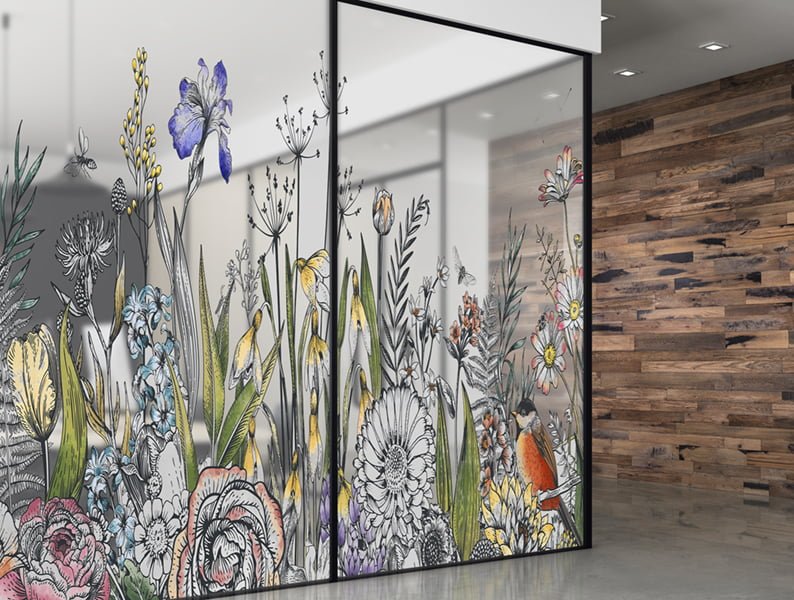
Throughout history, our healing environments have ranged from our home, to the church, and then developed to what we now identify as hospitals. At a time when home care was the norm, most hospitals were charities, providing free or low-cost care to the sick and poor.
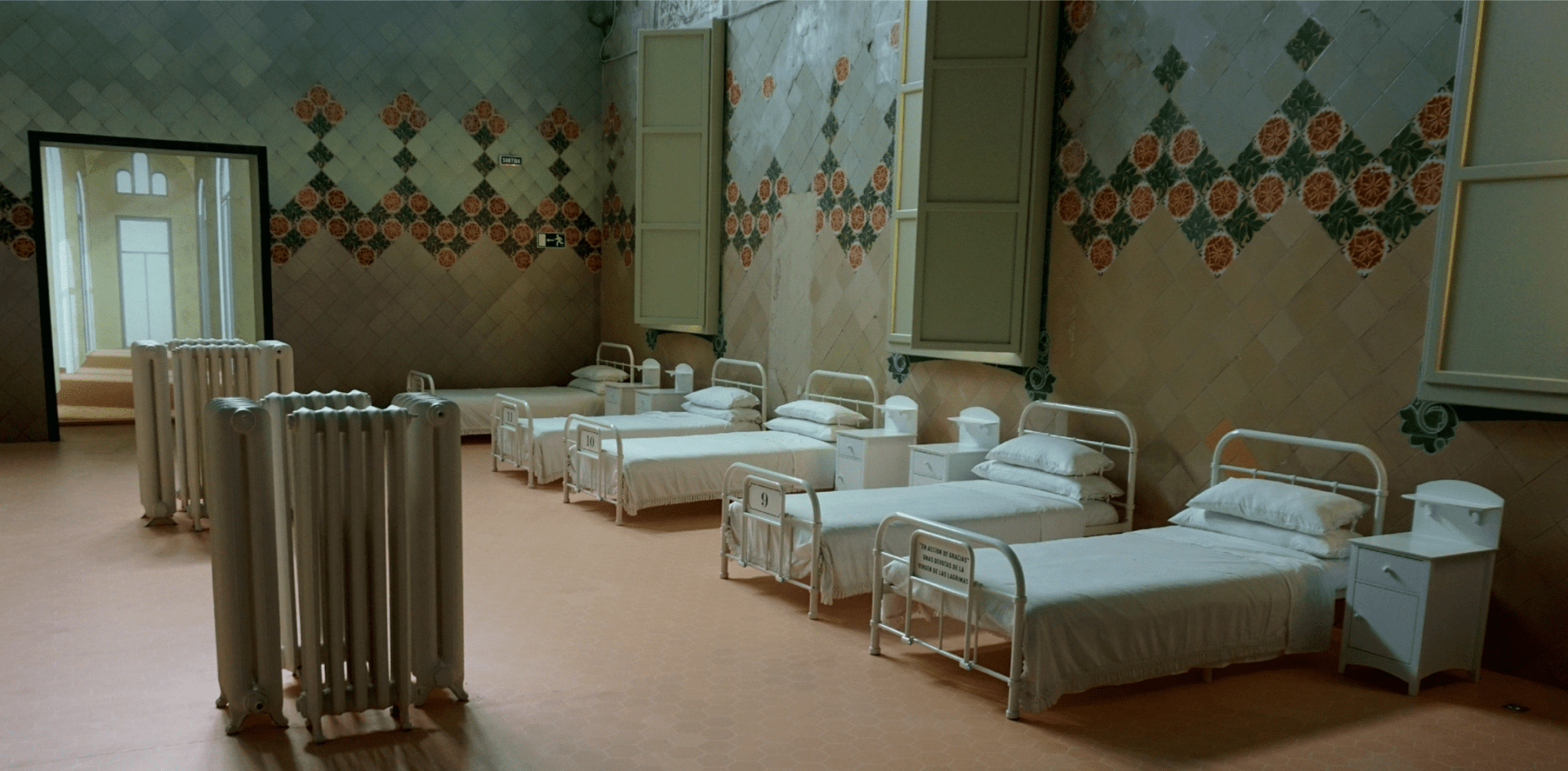
During the 18th century, hospitals were not just places of healing, but institutions of disease prevention. Gathering sick individuals in a common space clearly came with risks. Indeed, infections proliferated in large wards and became known as ‘hospital diseases’. As a result, not everyone actively sought hospital care, and staff frequently shifted their attention from healing patients to curing their buildings.
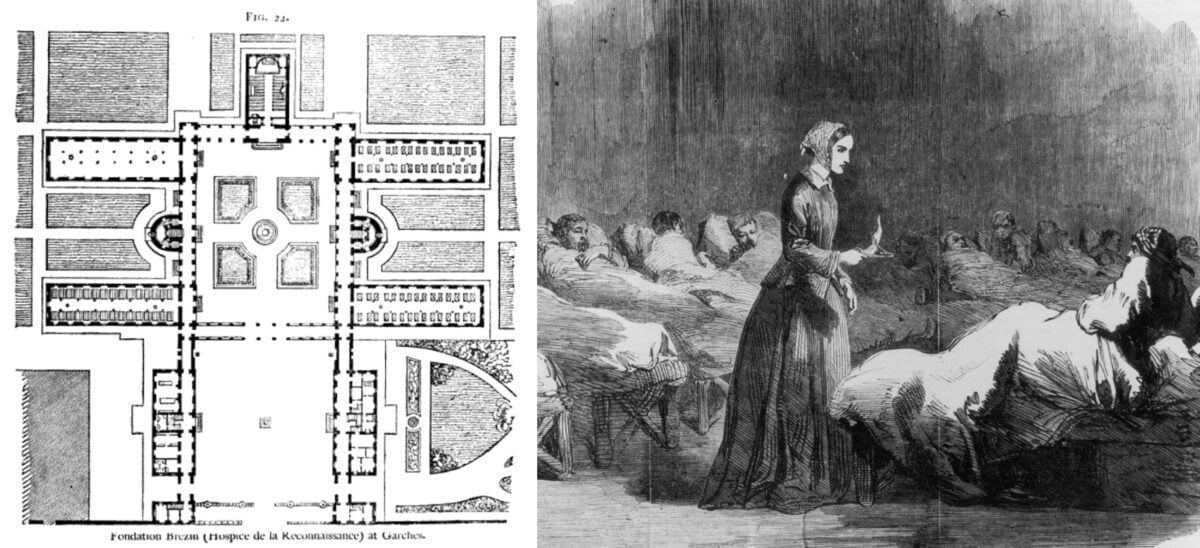
Pavilion-ward designs were popularized worldwide by Florence Nightingale- known as the lady with the lamp in 19th century. These hospital buildings included hygienic materials and details, large open wards and support spaces.
“Among the kindred effects of light I may mention, from experience, as quite perceptible in promoting recovery, the being able to see out of a window, instead of looking against a dead wall; the bright colors of flowers; the being able to read in bed by the light of a window close to the bed-head. It is generally said that the effect is upon the mind. Perhaps so; but it is no less upon the body on that account.” -Florence Nightingale from Notes on Hospitals, 1863

Cloud 9
The factors that influence human health and performance go hand in hand with the architectural moves that enable buildings to work with the natural environment. The ideas of creating a healthier hospital for people go hand in hand with creating a healthier, sustainable hospital.
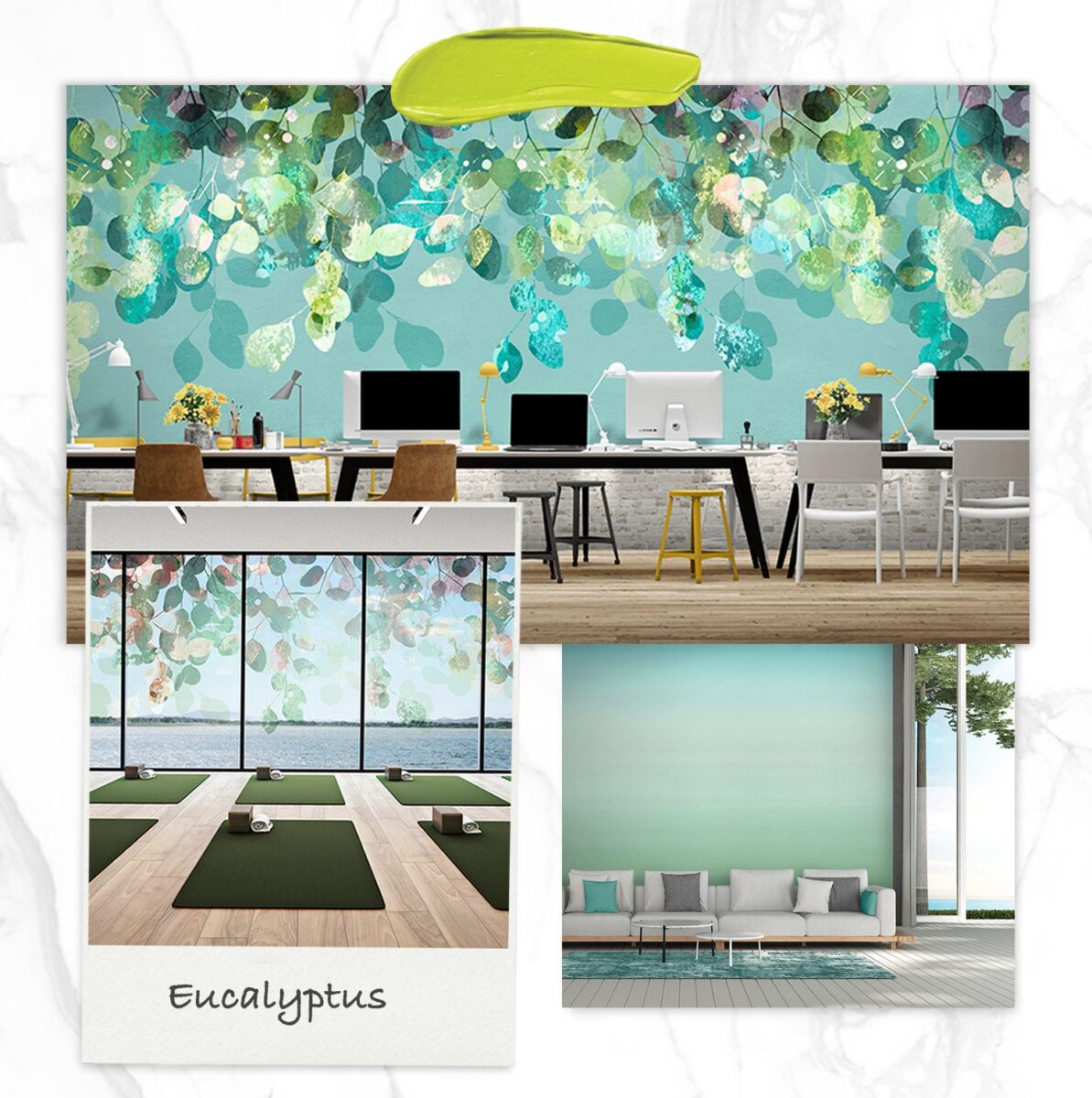
In the first decades of the 20th century, hospitals became locations of collaborative, specialized medicine that served all classes of patients. Designed for physicians and the increasingly complicated medicine they practiced, facilities ranged from smaller, medically specialized institutions to gargantuan teaching hospitals and medical centers. Modern medicine requires modern facilities.
Today’s healthcare design follows the same principles as medicine itself — extensive research, data-driven decisions and constant reassessment. The inclusion of environmental factors that contribute positively to healing in preference to any other design element represents the precursor to “evidence based design, (EBD) ” a research field that specifically looks at the role of the hospital building related to human health, healing, and comfort.
“Research supports an urgent need to change the way we build, maintain and work in hospitals, and many facilities could do more to promote rest and healing while preventing stress and infection. There’s so much we can do to improve the patient experience, which is inextricably linked to how well patients rest and recover. Some of the most interesting research on the way hospitals are built examines the role of nature to promote healing. Even just images of nature may be beneficial. One study found that people watching videos of nature seem to have higher tolerance for pain, more positive emotions, and lower heart rates and blood pressure.” -Dhruv Khullar, M.D., M.P.P.
Creating a calming environment is a top priority in healthcare centers, given that reduced stress has been shown to shorten patient stays and improve staff productivity when nature is present. Healthcare design can also do more for healthcare workers. The connection with natural light and scenery plays a positive role in healthcare design.
| Request a Physical Copy of Healthcare Catalog |
Wagenaar, C.
The Architecture of Hospitals. NAi Publishers, 2006.
Burpee, H.
History of Healthcare Architecture. Integrated Design Lab Puget Sound, 2008.
Kisacky, J.
Rise of the Modern Hospital. University of Pittsburgh Press, 2017.
Khullar, D.
Bad Hospital Design Is Making Us Sicker. The New York Times, 2017.

